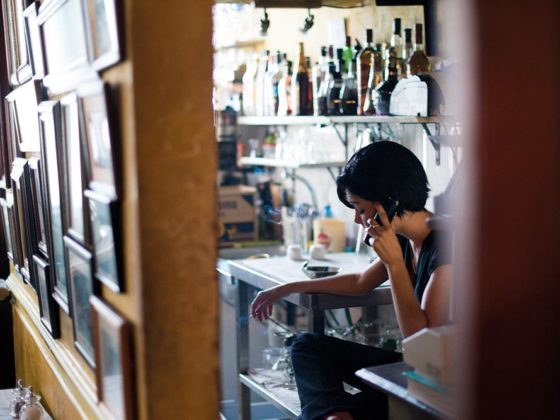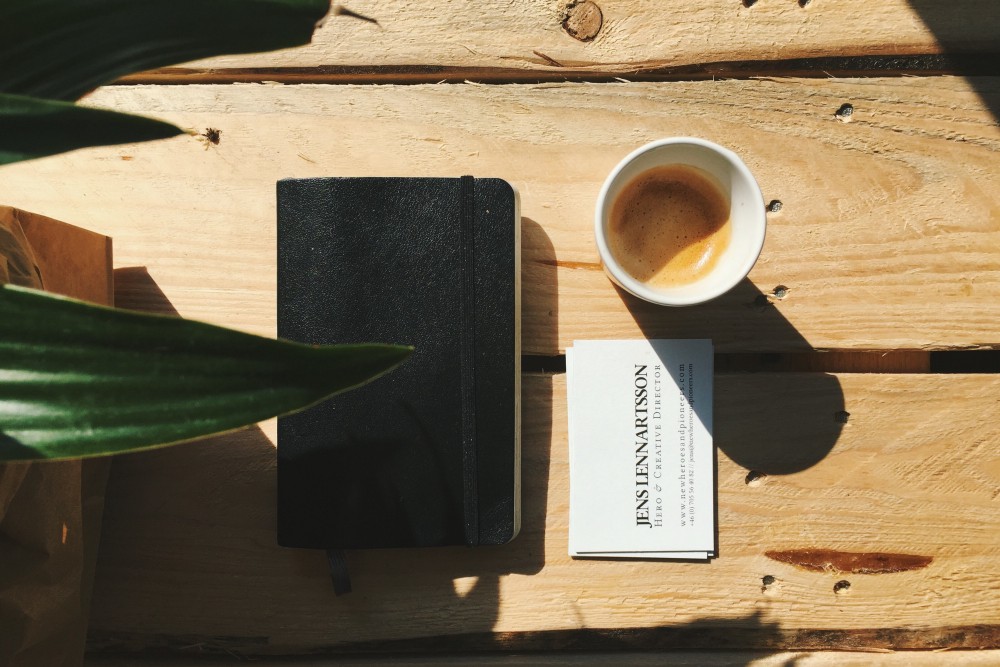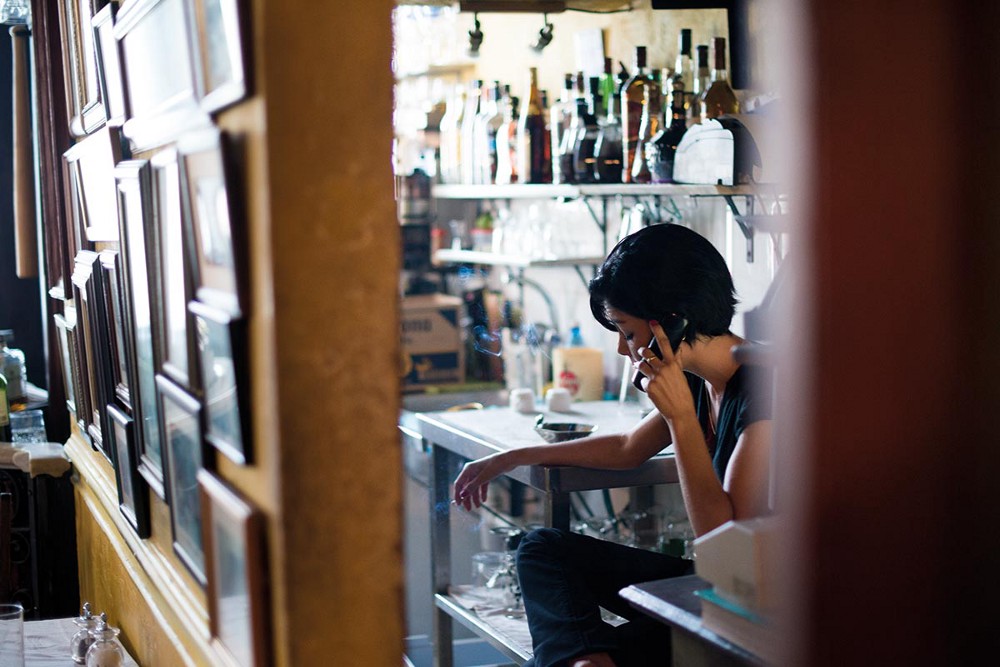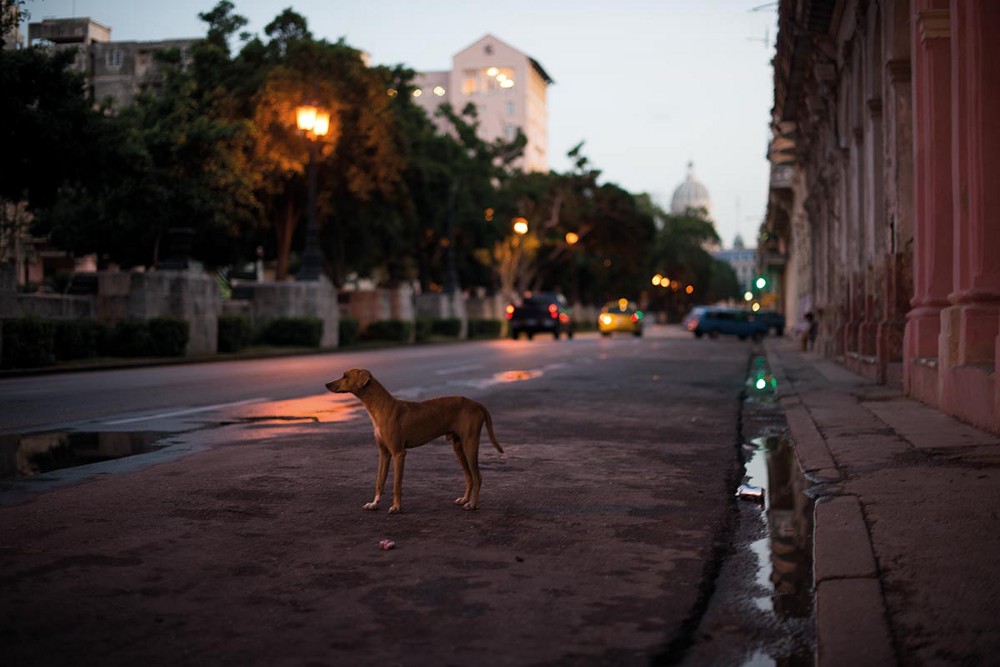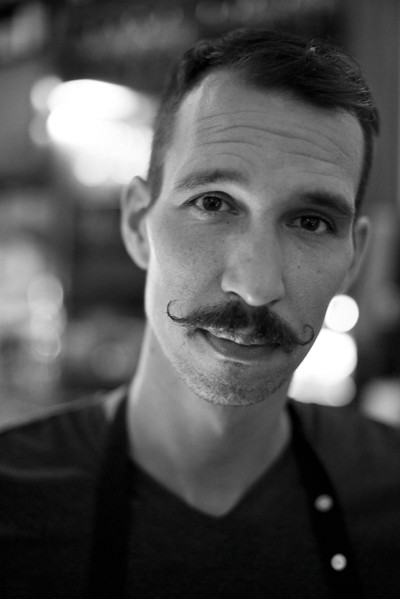Even before I took up my writing career again — to be able to both shoot and write for the articles I’m doing — I’ve been carrying a black, pocket-sized notebook. This journal is what I turn to when I sit down to start writing my articles. It is filled with words, sentences and letters, most of them written in a barely decryptable handwriting. I use it to write down the addresses and names of the restaurants and hotels I’m visiting. And the time schedules for trains or names of traditional meals, straight forward stuff. But all of those facts are available online, for you and everyone else.
The most important words to jot down are the details you can’t Google. How it feels like to visit that particular restaurant, what the main course smelled like or how the waiter ended up with that scar on his upper lip. The goal is to collect something that not everyone (actually only the people that visited the exact same spot as you) knows.
